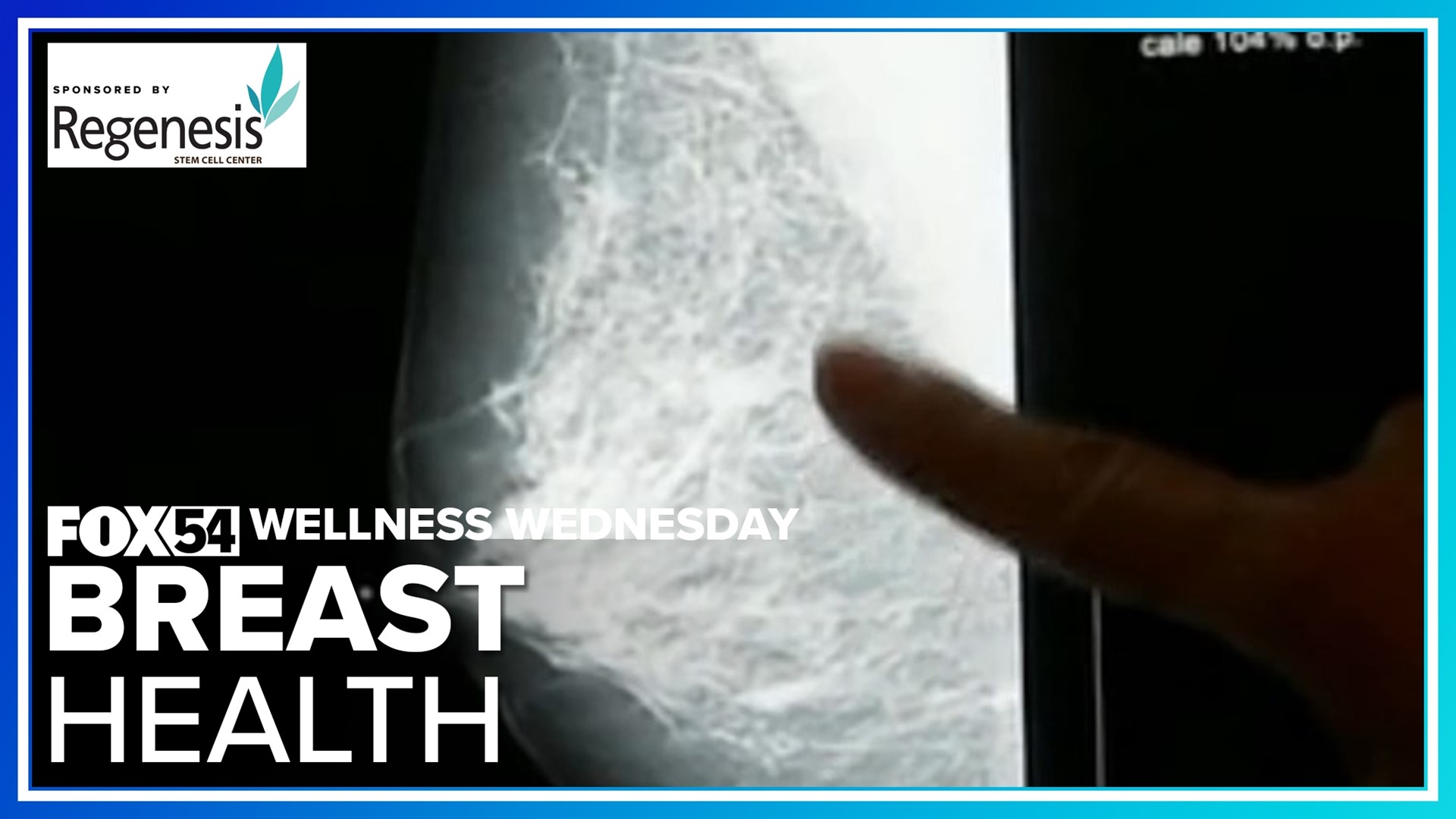HUNTSVILLE, Ala. — Early detection is key for any cancer. But, this Wellness Wednesday we are looking at breast cancer. The CDC reports that breast cancer is the second most common one among American women, and Crestwood Medical Center Imaging Manager Julie McCain explained that most breast cancers are found one of two ways. "Either a palpable lump or a lump that you can feel or on a mammogram."
One of the factors that could cause some women to possibly be more susceptible is stress. "We know that women in high-stress situations, whether it be high-stress jobs or family situations, we see a higher incidence of disease, including cancer in those women. so knowing and being aware of your emotional health is very important too," she said.
Breast cancer is the most common cancer in women overall. Furthermore, in the U.S. it's the second leading cause of cancer death in women. ADPH District Medical Officer Wes Stubblefield adds an interesting stat. "There will be in 2023 the projection is that 4500 Alabama women will be diagnosed and 720 will die of breast cancer. So this is a this is a serious problem. And again, screening can be helpful in, you know, getting to early treatment and possibly to cure."
Furthermore, early detection is key. "Now we're finding breast cancer, stage one, stage zero. So we have the ability to find breast cancer early, but it is all about getting those screenings done again, those breast exams, being able to find those lumps and identifying patients that have a lump and then getting in, getting them the appropriate care," said McCain.
Another thing to note is that according to the American Cancer Society, Black women have a 40% higher breast cancer death rate than White women.
And there's also a difference in the risk level.
"White women have slightly lower risk than the rest of the U.S. and black women," said Dr. Stubblefield.
Also, when discussing the right age for screening that usually falls under the category of general population."That's every woman in the United States that we're focused on getting that first mammogram, what we call the baseline, meaning a woman coming in with no problems, no symptoms of breast cancer between age 35 and 40, and then annually every year, beginning at age 40 for all women," McCain continued.

